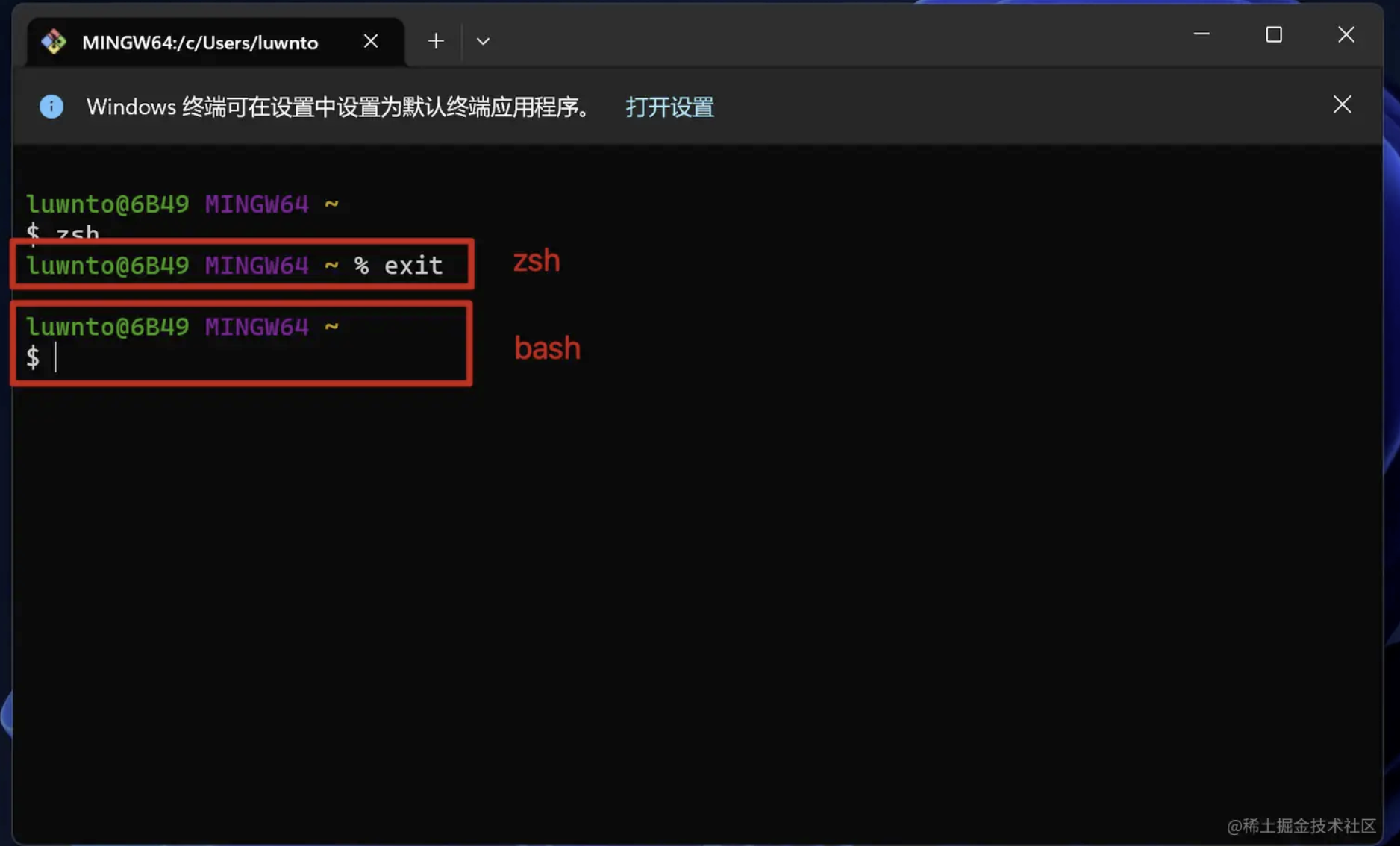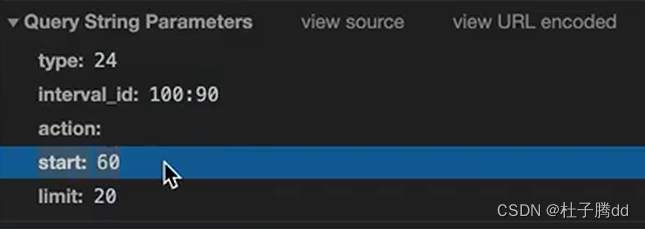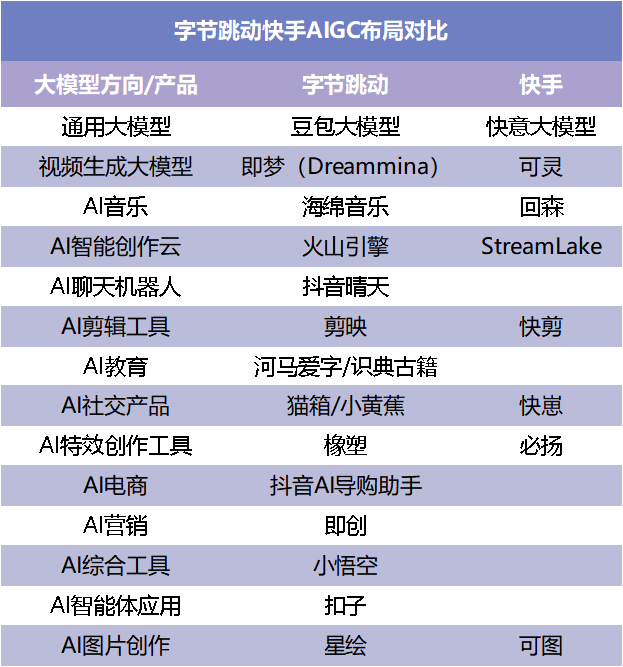定时器输出比较功能(PWM)
- 1、LED呼吸灯
- 2、PWM驱动舵机
- 3、PWM驱动电机


1、LED呼吸灯
①PWM.c文件的代码如下:
#include "stm32f10x.h" // Device header
/*
使用定时器TIM2,通过通道CH1(PA0)输出PWM波
*/
void PWM_Init(void)
{
//1.使能时钟
RCC_APB1PeriphClockCmd(RCC_APB1Periph_TIM2,ENABLE);
//2.选择内部时钟
TIM_InternalClockConfig(TIM2);
//3.对时基单元进行配置
TIM_TimeBaseInitTypeDef TIM_TimeInitStruct;
TIM_TimeInitStruct.TIM_ClockDivision = TIM_CKD_DIV1;//时钟源分频
TIM_TimeInitStruct.TIM_CounterMode = TIM_CounterMode_Up;//向上计数
TIM_TimeInitStruct.TIM_Period = 100 - 1;//计数器
TIM_TimeInitStruct.TIM_Prescaler = 7200 - 1;//预分频器
TIM_TimeInitStruct.TIM_RepetitionCounter = 0;//重复计数器
TIM_TimeBaseInit(TIM2,&TIM_TimeInitStruct);
//4.对输出比较单元进行配置
TIM_OCInitTypeDef TIM_OCInitStruct;
TIM_OCStructInit(&TIM_OCInitStruct);//给结构体默认初始值
TIM_OCInitStruct.TIM_OCMode = TIM_OCMode_PWM1;//选择PWM1模式
TIM_OCInitStruct.TIM_OCPolarity = TIM_OCPolarity_High;//选择正极性
TIM_OCInitStruct.TIM_OutputState = TIM_OutputState_Enable;//通道使能
TIM_OCInitStruct.TIM_Pulse = 0;//CCR的初始值
TIM_OC1Init(TIM2, &TIM_OCInitStruct);
//5.配置CH1通道对应的引脚PA0
RCC_APB2PeriphClockCmd(RCC_APB2Periph_GPIOA,ENABLE);
GPIO_InitTypeDef GPIOInitStruct;
GPIOInitStruct.GPIO_Mode = GPIO_Mode_AF_PP;//复用推挽输出
GPIOInitStruct.GPIO_Pin = GPIO_Pin_0;
GPIOInitStruct.GPIO_Speed = GPIO_Speed_2MHz;
GPIO_Init(GPIOA,&GPIOInitStruct);
//6.使能定时器
TIM_Cmd(TIM2,ENABLE);
}
②PWM.h文件的代码如下:
#ifndef __PWM_H
#define __PWM_H
#include "stm32f10x.h" // Device header
void PWM_Init(void);
#endif
③主程序文件的代码如下:
/*
LED呼吸灯,LED正极接PA0引脚,负极接GND。
*/
#include "stm32f10x.h"
#include "PWM.h"
#include "Delay.h"
uint16_t i;
int main(void)
{
PWM_Init();
while(1)
{
for(i = 0;i <= 100 ;i++)
{
TIM_SetCompare1(TIM2,i);//改变CH1通道的CCR的值
Delay_ms(10);
}
for(i = 0;i <= 100 ;i++)
{
TIM_SetCompare1(TIM2,100 - i);
Delay_ms(10);
}
}
}
2、PWM驱动舵机

①PWM.c文件的代码如下:
#include "stm32f10x.h" // Device header
/*
使用定时器TIM2,通过通道CH1(PA0)输出PWM波
*/
void PWM_Init(void)
{
//1.使能时钟
RCC_APB1PeriphClockCmd(RCC_APB1Periph_TIM2,ENABLE);
//2.选择内部时钟
TIM_InternalClockConfig(TIM2);
//3.对时基单元进行配置
TIM_TimeBaseInitTypeDef TIM_TimeInitStruct;
TIM_TimeInitStruct.TIM_ClockDivision = TIM_CKD_DIV1;//时钟源分频
TIM_TimeInitStruct.TIM_CounterMode = TIM_CounterMode_Up;//向上计数
TIM_TimeInitStruct.TIM_Period = 20000 - 1;//计数器,周期为20ms
TIM_TimeInitStruct.TIM_Prescaler = 72 - 1;//预分频器,分辨率为0.001ms
TIM_TimeInitStruct.TIM_RepetitionCounter = 0;//重复计数器
TIM_TimeBaseInit(TIM2,&TIM_TimeInitStruct);
//4.对输出比较单元进行配置
TIM_OCInitTypeDef TIM_OCInitStruct;
TIM_OCStructInit(&TIM_OCInitStruct);//给结构体默认初始值
TIM_OCInitStruct.TIM_OCMode = TIM_OCMode_PWM1;//选择PWM1模式
TIM_OCInitStruct.TIM_OCPolarity = TIM_OCPolarity_High;//选择正极性
TIM_OCInitStruct.TIM_OutputState = TIM_OutputState_Enable;//通道使能
TIM_OCInitStruct.TIM_Pulse = 0;//CCR的初始值
TIM_OC1Init(TIM2, &TIM_OCInitStruct);
//5.配置CH1通道对应的引脚PA0
RCC_APB2PeriphClockCmd(RCC_APB2Periph_GPIOA,ENABLE);
GPIO_InitTypeDef GPIOInitStruct;
GPIOInitStruct.GPIO_Mode = GPIO_Mode_AF_PP;//复用推挽输出
GPIOInitStruct.GPIO_Pin = GPIO_Pin_0;
GPIOInitStruct.GPIO_Speed = GPIO_Speed_2MHz;
GPIO_Init(GPIOA,&GPIOInitStruct);
//6.使能定时器
TIM_Cmd(TIM2,ENABLE);
}
②PWM.h文件的代码如下:
#ifndef __PWM_H
#define __PWM_H
#include "stm32f10x.h" // Device header
void PWM_Init(void);
#endif
③Servo.c文件的代码如下:
#include "stm32f10x.h" // Device header
#include "PWM.h" // Device header
void Servo_Init(void)
{
PWM_Init();
}
/*
角度—— CCR
0度 --- 500
45度 --- 1000
90度 --- 1500
135度 --- 2000
180度 --- 2500
*/
void Set_Angle(float Angle)
{
uint16_t compare = Angle / 180 * 2000 + 500;
TIM_SetCompare1(TIM2,compare);
}
④Servo.h文件的代码如下:
#ifndef __Servo_H
#define __Servo_H
#include "stm32f10x.h" // Device header
void Servo_Init(void);
void Set_Angle(float Angle);
#endif
⑤主程序文件的代码如下:
/*
PWM驱动舵机,通过按键改变PWM的占空比
*/
#include "stm32f10x.h"
#include "OLED.h"
#include "Key.h"
#include "Servo.h"
float Angle = 0;
int main(void)
{
OLED_Init();
OLED_Clear();
Servo_Init();
Key_Init();
OLED_ShowString(1,1,"Angle:");
while(1)
{
if(Key_Num() == 1)//按键按下
{
Angle += 30;
if(Angle > 180)
{
Angle = 0;
}
Set_Angle(Angle);
OLED_ShowNum(1,7,Angle,3);
}
}
}
3、PWM驱动电机
使用的是TB6612模块驱动电机。

PWM.c文件代码如下:
#include "stm32f10x.h" // Device header
/*
使用定时器TIM2,通过通道CH1(PA0)输出PWM波
*/
void PWM_Init(void)
{
//1.使能时钟
RCC_APB1PeriphClockCmd(RCC_APB1Periph_TIM2,ENABLE);
//2.选择内部时钟
TIM_InternalClockConfig(TIM2);
//3.对时基单元进行配置
TIM_TimeBaseInitTypeDef TIM_TimeInitStruct;
TIM_TimeInitStruct.TIM_ClockDivision = TIM_CKD_DIV1;//时钟源分频
TIM_TimeInitStruct.TIM_CounterMode = TIM_CounterMode_Up;//向上计数
TIM_TimeInitStruct.TIM_Period = 100 - 1;//计数器,周期为20ms
TIM_TimeInitStruct.TIM_Prescaler = 36 - 1;//预分频器
TIM_TimeInitStruct.TIM_RepetitionCounter = 0;//重复计数器
TIM_TimeBaseInit(TIM2,&TIM_TimeInitStruct);
//4.对输出比较单元进行配置
TIM_OCInitTypeDef TIM_OCInitStruct;
TIM_OCStructInit(&TIM_OCInitStruct);//给结构体默认初始值
TIM_OCInitStruct.TIM_OCMode = TIM_OCMode_PWM1;//选择PWM1模式
TIM_OCInitStruct.TIM_OCPolarity = TIM_OCPolarity_High;//选择正极性
TIM_OCInitStruct.TIM_OutputState = TIM_OutputState_Enable;//通道使能
TIM_OCInitStruct.TIM_Pulse = 0;//CCR的初始值
TIM_OC1Init(TIM2, &TIM_OCInitStruct);
//5.配置CH1通道对应的引脚PA0
RCC_APB2PeriphClockCmd(RCC_APB2Periph_GPIOA,ENABLE);
GPIO_InitTypeDef GPIOInitStruct;
GPIOInitStruct.GPIO_Mode = GPIO_Mode_AF_PP;//复用推挽输出
GPIOInitStruct.GPIO_Pin = GPIO_Pin_0;
GPIOInitStruct.GPIO_Speed = GPIO_Speed_2MHz;
GPIO_Init(GPIOA,&GPIOInitStruct);
//6.使能定时器
TIM_Cmd(TIM2,ENABLE);
}
②Motor.c文件代码如下:
#include "stm32f10x.h" // Device header
#include "PWM.h" // Device header
void Motor_Init(void)
{
RCC_APB2PeriphClockCmd(RCC_APB2Periph_GPIOA,ENABLE);
GPIO_InitTypeDef GPIOInitStruct;
GPIOInitStruct.GPIO_Mode = GPIO_Mode_Out_PP;
GPIOInitStruct.GPIO_Pin = GPIO_Pin_4 | GPIO_Pin_5;//AIN1和AIN2引脚
GPIOInitStruct.GPIO_Speed = GPIO_Speed_2MHz;
GPIO_Init(GPIOA,&GPIOInitStruct);
PWM_Init();
}
void Motor_SetSpeed(int8_t Speed)
{
if(Speed > 0)//正转
{
GPIO_WriteBit(GPIOA,GPIO_Pin_4,Bit_RESET);
GPIO_WriteBit(GPIOA,GPIO_Pin_5,Bit_SET);
TIM_SetCompare1(TIM2,Speed);
}
if(Speed == 0)
{
GPIO_WriteBit(GPIOA,GPIO_Pin_4,Bit_RESET);
GPIO_WriteBit(GPIOA,GPIO_Pin_5,Bit_RESET);
TIM_SetCompare1(TIM2,Speed);
}
if(Speed < 0)
{
GPIO_WriteBit(GPIOA,GPIO_Pin_4,Bit_SET);
GPIO_WriteBit(GPIOA,GPIO_Pin_5,Bit_RESET);
TIM_SetCompare1(TIM2,-Speed);
}
}
③Motor.h文件代码如下:
#ifndef __Motor_H
#define __Motor_H
#include "stm32f10x.h" // Device header
void Motor_Init(void);
void Motor_SetSpeed(int8_t Speed);
#endif
④主程序文件代码如下:
/*
PWM驱动电机,通过按键改变PWM的占空比
*/
#include "stm32f10x.h"
#include "OLED.h"
#include "Key.h"
#include "Motor.h"
int8_t Speed = 0;
int main(void)
{
OLED_Init();
OLED_Clear();
Motor_Init();
Key_Init();
OLED_ShowString(1,1,"Speed:");
while(1)
{
if(Key_Num() == 1)//按键按下
{
Speed += 20;
if(Speed > 100)
{
Speed = -100;
}
Motor_SetSpeed(Speed);
}
OLED_ShowSignedNum(1,7,Speed,3);
}
}


















